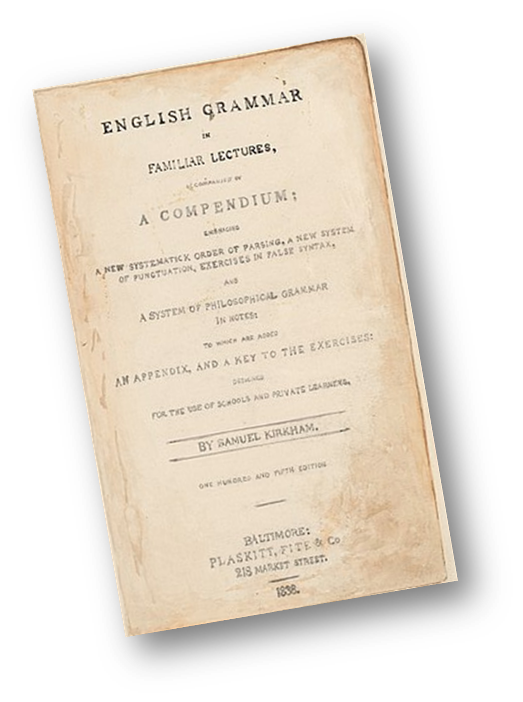(L4EOS #1)
This is for you, my dearly beloved English-only speakers: a new post series commiserating about how hard learning Latin is, particularly for you. It’s doubly hard because 1) you’ve never known any other way of expressing meanings other than with your native English, so your brain doesn’t yet know the thrill of moving through different sets of language patterns. And 2) if that weren’t bad enough, your native English is ENGLISH, being just about as far from Latin’s ways of doing things as a language could possibly be.
But actually, I don’t need to feel so sorry for y’all if you are able to understand the big idea behind this post. Starting now, you need to think differently about language than you probably have been. Language is about meaning, not about words.
You likely think of reading a Latin sentence as I once did: as a process of using a dictionary to decode each Latin word into a corresponding English word, and when, word-by-word, the end of the sentence has at last been reached, voilà, total understanding is achieved!
And…this is not what actually happens. Ever. (I was extremely frustrated during the many years I thought this was how Latin studies would be.)
Although you will be forever faced with new Latin vocabulary words, the truth is that in using new words you won’t be so much “stringing them together” as selecting several one-, two-, or several-word Meaning Units and then “sending them into orbit” together. (Yeah, I said Latin is really different, didn’t I?) Identifying Meaning Units (MUs), whatever their word size, is the first key to saying something in Latin (or any language).
A picture or diagram is worth a couple words, right? So let us take, as an example, “The Sign of the Cross”. Observe, lots of English words:
In the name of the Father and of the Son and of the Holy Spirit.
Fifteen English words. But really, there are only 5 Meaning Units here:

Latin also has 5 MUs for these ideas:

–but notice that Latin only uses eight total words (compared to English’s fifteen):
In nómine Patris et Fílii et Spíritus Sancti. (Signum Crucis)
In the name of the Father and of the Son and of the Holy Spirit. (The Sign of the Cross)
This shows how the one-word-to-one-word decoding we all expect to do is not even possible, since each language uses a different amount of vocabulary words in its MUs.
Let’s look at another example, the first section of the Glory Be in English and then in Latin:
Glory (be) to the Father and to the Son and to the Holy Spirit.
Glória Patri et Fílio et Spirítui Sancto.
Here are both of them now divided into MUs:


Same meanings in these languages–and totally different “ways to mean them;” ways that do include and yet also go beyond differing words.
So with this perspective, now come to each new Latin lesson understanding that you must learn how Latin shapes MUs on its own terms: using Latin’s various form spellings, stylistic arrangements, rules, etc., to say stuff. By the way: this really is fun, when see yourself getting it. And you will–keep at it!
(More in this L4EOS series to come–next up, English vs. Latin word order…)

i a 3rd.degree Knight. I want to learn Latin. Sicilian raised. Help me…. Please.
LikeLike
I have a beginner’s class coming up soon, beginning at the end of August–see the Online Classes page for more information on that. Thanks so much for your interest in Church Latin!
LikeLike